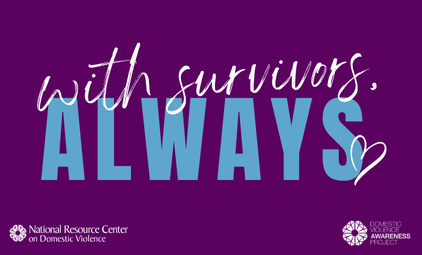Witnessing domestic abuse, violent crime or even living near a liquor store may damage a child's ability to respond to stress and throw production of a vital hormone out of kilter, says a new study led by Tulane University researchers and published in the prestigious journal JAMA Pediatrics.
Katherine Theall, a researcher with Tulane University School of Public Health and Tropical Medicine, led a team of researchers who found a direct correlation between these three stressors, shortened telomere length and decreased cortisol functioning in local children. Telomeres are the region at the end of chromosomes that naturally shorten with age. Shorter telomere lengths are associated with higher risks for cardiovascular disease, obesity, mental illness and poor health outcomes in adulthood.
Cortisol is a hormone released in response to stress that can suppress the immune system and lead to high blood sugar levels and other health hazards, including depression. Researchers found that cortisol levels were slow to return to normal in the children involved in the study even after a violent episode or other stressor was no longer present or when the children slept - a time of usual low stress and, hence, low cortisol production.
The researchers conclude that such continual high levels of cortisol can change children's perception of threat levels, even in the absence of danger "triggering an adaptive constant vigilance response leading to a greater biological toll."
"Exposure to violence may create persistent biological effects across multiple stress response systems, resulting in lasting physiological and psychological vulnerability," the researchers say.
Beginning in 2012 through the first six months of 2013, the study included 85 children between the ages of 5 and 16 years (50 girls and 35 boys) from more than 50 neighborhoods throughout New Orleans.
Data regarding the level of violence to which children were exposed was gathered via interviews of the children's mothers. Each child provided 11 saliva samples so researchers could measure telomere length and cortisol levels during both waking and sleeping hours. The level of liquor store density, neighborhood domestic violence calls and violent crimes were determined by recording the number of such outlets, calls and crimes within a 500 to 2,000-meter radius of the children's homes.
Studies have shown that before they are 18-year's old, approximately two-thirds of children are exposed to multiple types of violence. Such exposure is greatest among children living in socioeconomically disadvantaged communities.
A greater understanding of the effect of exposure to violence on children's physical and mental health is critical because social environmental conditions likely contribute to adult health disparities, the study's author's say.
Theall, and her team note that while neighborhood stressors are not the only source of anxiety among children, the impact of witnessing violence or living in communities with higher violence cannot be overlooked, including the impact of violence in the home. Hence, targeting neighborhoods with interventions that reduce the effects of violence exposure on children may offer the greatest hope of ensuring kids grow up to be healthy adults.
Theall says it is important to think about the connections between community violence, often stemming from larger structural forces and lack of infrastructure and investment in some neighborhoods and the ultimate impact on those most vulnerable - children.
This article was written and submitted by Michael Strecker, Tulane's Executive Director of Public Relations. For more information about Tulane University, go to http://www.tulane.edu./















